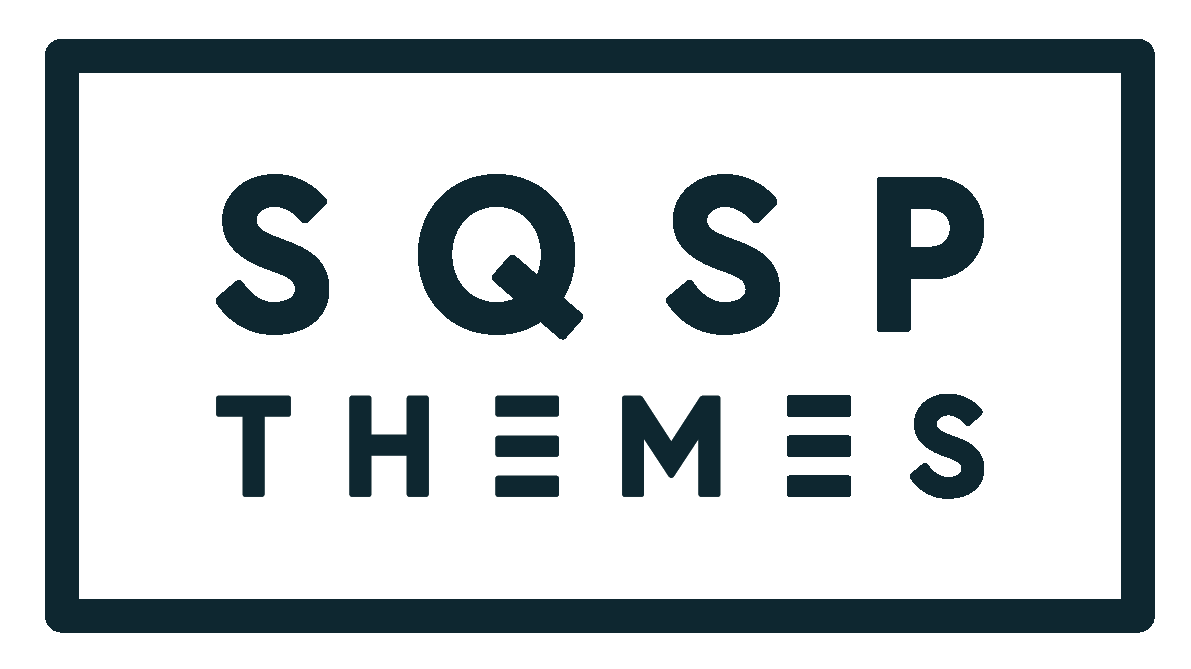Saying Yes Without Losing Yourself
Balancing a Big Client Opportunity with Your Own Business
Alex squinted at their schedule for the day: a flurry of client projects, a creative brainstorm session, and a major call with Jordan—their oldest, most successful client. For months, Jordan’s business had been booming, with more branches, more products, and more overall complexity. Alex had already designed multiple websites and overseen key technical setups for Jordan’s expanding empire.
Now, Jordan wanted them to step in as a part-time “lead”—someone who could manage everything from day-to-day strategy to tech decisions and creative direction. If Alex said yes, it meant steady income and deeper creative control. But it also meant far less room for Alex’s own business goals, like launching new services or scaling up their brand presence.
They remembered a piece of advice from their coach:
“Before you commit to going ‘all in’ with a single client, get crystal clear on what you’re giving—and what you stand to lose.”
Jordan’s offer was tempting. Who wouldn’t want to be an integral part of a fast-growing venture? The chance to experiment with high-level strategy, new tools, and advanced marketing funnels was like a playground for Alex’s skills. Plus, Jordan’s team had always been pleasant to work with—no small perk in the freelance world.
Yet, Alex had plans: a new digital product in the works, an upcoming rebrand for their consulting packages, and a desire to keep a flexible schedule for other clients. They worried that devoting two or three full days per week to Jordan would drain both time and creative energy from their own ventures.
5 Key Questions to Ask Before Committing
Scope
“What exactly do you need from me?”
Are you expected to spearhead every new initiative, or focus on a specific part of the business? Clarifying scope up front prevents unexpected demands later.
Compensation
“How will I be paid—and is it in line with my usual rates?”
Sometimes, clients assume a “bulk discount” in exchange for steady work. Make sure you’re not undervaluing yourself if you’re essentially acting as a fractional lead or department head.
Time Horizon
“Is this a 3-month experiment or a year-long commitment?”
Having a clear timeline helps you plan around other clients, personal projects, and any new offers you intend to roll out.
Alignment with Personal Goals
“Will this role boost my own brand and expertise—or stunt my growth?”
Consider whether the projects under Jordan can become case studies or help you refine processes you can later productize for other clients.
Monthly Check-Ins
“How will we evaluate if this arrangement is still working?”
Setting a monthly review (with both your client and yourself) lets you course-correct if scope creeps or you realize you’re neglecting your own business goals.
The Power of a Quick Monthly Reflection
At the end of each month, Alex blocks off a few hours to go over wins, setbacks, and upcoming opportunities. They track not just income, but also energy levels—noting which projects felt fulfilling and which were draining. During these reflection blocks, Alex often surfaces small signs of scope creep or starts brainstorming ways to productize what they’ve learned.
For instance, if Jordan’s new membership site required unique integrations, Alex might decide to document the entire setup process, turning it into a mini-guide or checklist that they can later sell or include in premium service packages.
Coach’s Corner: If you’re pouring a ton of effort into a single client’s project, record your process. By turning your hard-won experience into templates or frameworks, you can create entirely new revenue streams down the line.
Making the Decision
On their call, Alex laid it all out:
They clarified which tasks they could realistically handle under a part-time arrangement.
They explained that this level of commitment would require a retainer that made sense financially, given their expertise and the business’s demanding growth.
They also proposed a 3-month check-in to assess whether both parties were still happy with the terms.
Jordan agreed—enthusiastically, in fact. They wanted Alex on board, but they also respected Alex’s bigger ambitions. The result? A win-win. Alex got a high-level role that paid well and expanded their skill set; Jordan locked in a trusted partner who could keep pace with the business’s rapid expansion.
Yes, Without Losing Yourself
Freelancers sometimes jump at the promise of steady work, only to realize they’ve unintentionally signed away their flexibility. By asking the right questions and scheduling routine reflections, you can confidently say “yes” to bigger client engagements—without losing sight of your own goals.
After all, growing with a major client can be an incredible opportunity, but the key is making sure it’s growth for you, too—not just for them.
Ready to Dive Deeper With a Client?
Thinking about a part-time lead or fractional role for your biggest account? Ask yourself the five questions above and set up a monthly review process. That way, you won’t just be offering your skills—you’ll also be evolving your business, refining your expertise, and setting yourself up for success in the long run.
